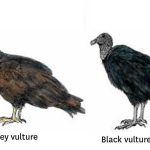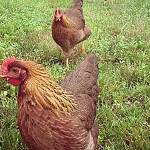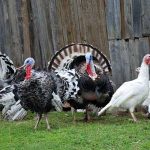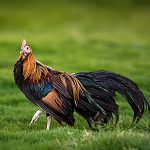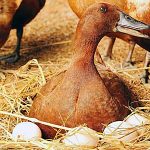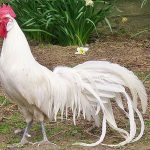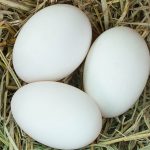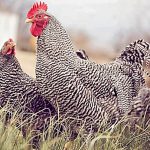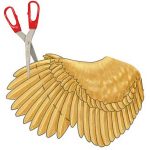
A chicken — or any other poultry — that persists in flying out of its enclosure can be an annoyance. It may destroy vegetable gardens and flower beds (yours or your neighbor’s). It may get into the wrong pen and mess up your breeding plan. Worse, it could get run over on the road or […]
Continue Reading
